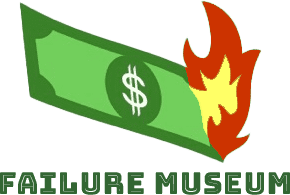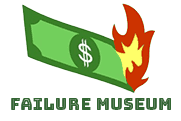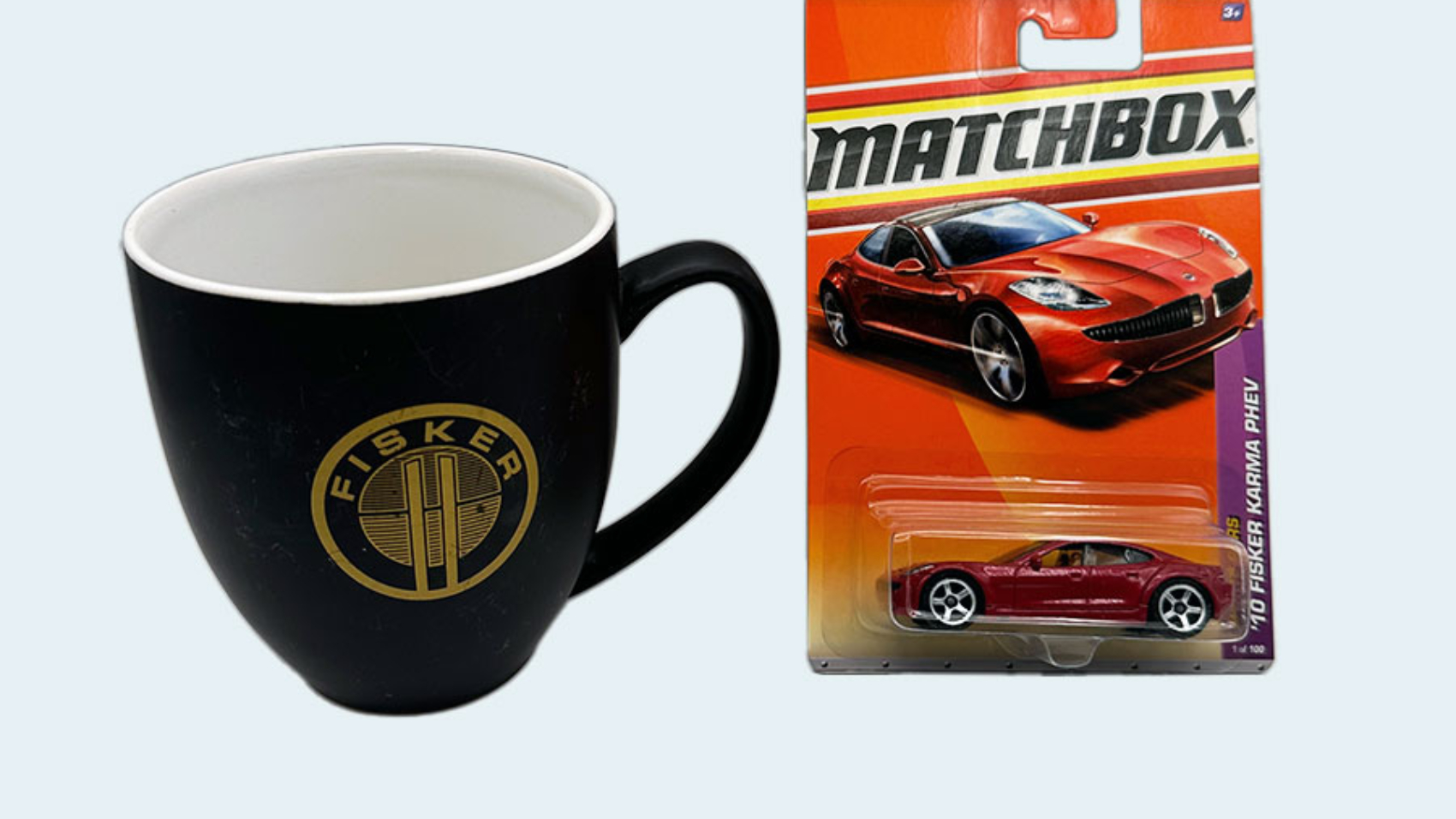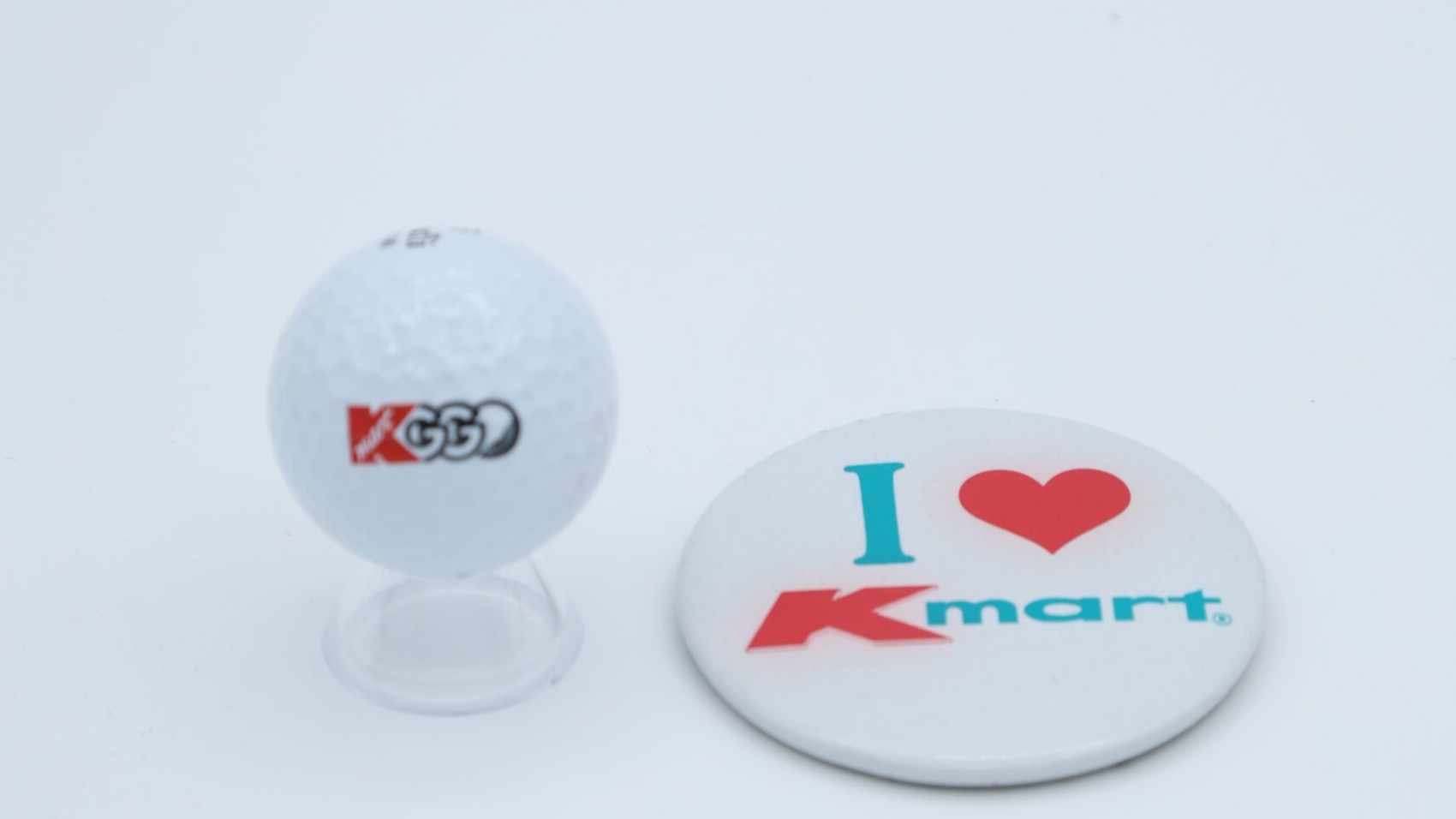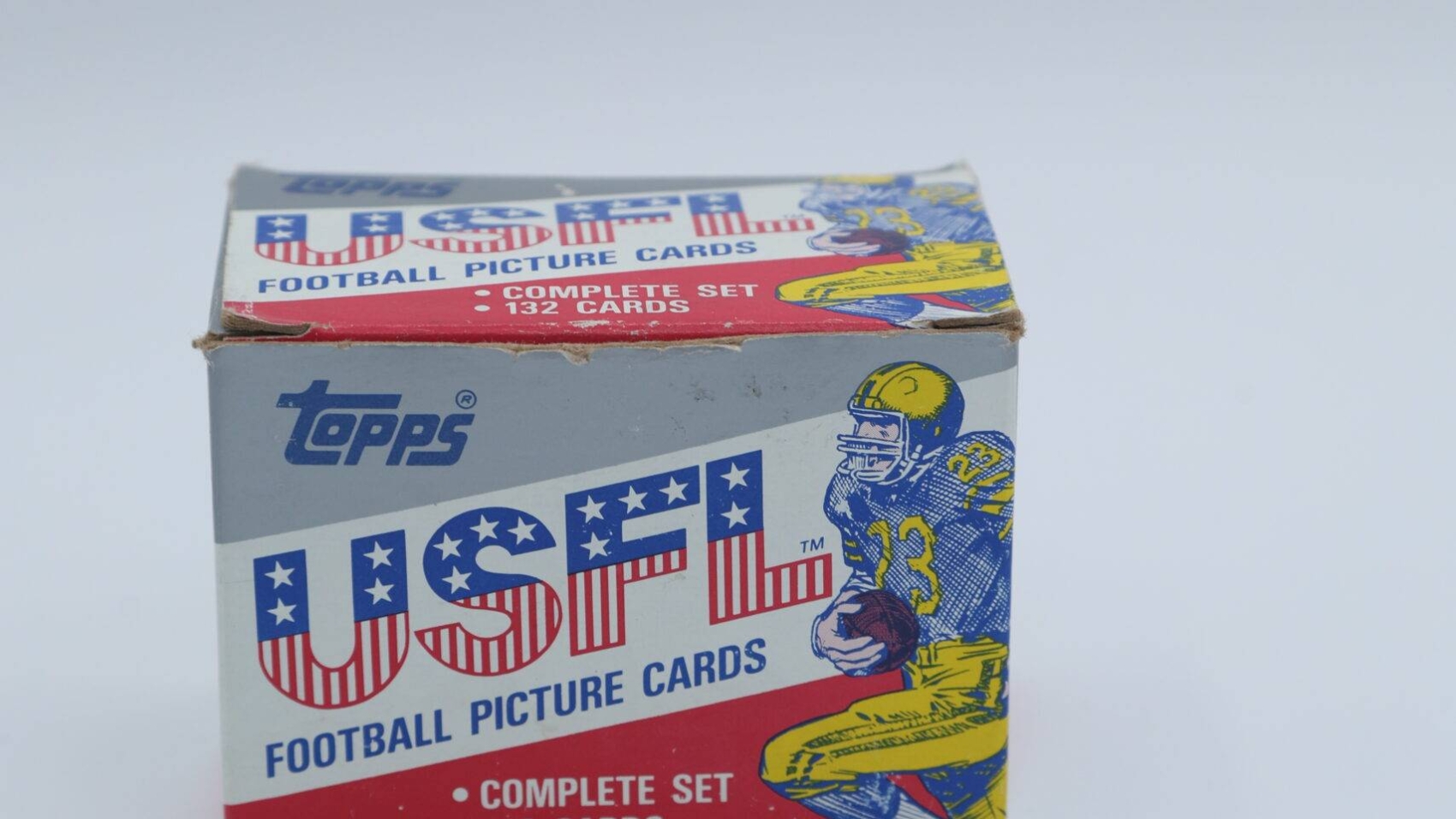In 2001, Trans World Airlines (TWA) flew its final flight. The company was officially sold to American Airlines after decades of saddling debt. In 1991, the company was forced to sell its lucrative London routes — accelerating their demise.
USAir
The airline had severe financial difficulties in the early 2000s, filing for chapter 11 bankruptcy twice in two years. In 2005, America West Airlines carried out a reverse merger and acquired it’s assets.
Fry’s Electronics
In 2021, Fry’s Electronics went out of business because it didn’t innovate its online operations as rapidly compared to rivals such as Best Buy.
Circuit City
To save money they stopped paying commissions to salespeople in 2009.
Burger Chef
In 1982 after peaking at 1050 locations, the General Foods Corporation, owners Burger Chef, divested itself of the restaurant chain after it assumed extensive real estate commitments and expanded too rapidly.
Dumb & Dumber toys
“I was just shaving” and “pretty bird” from 1984
Fisker
In 2012, frequent software and parts problems frustrated owners with their constant and complicated repair jobs.
Kmart
Kmart was not willing to invest in online infrastructure or e-commerce. This misstep led to its demise in 2002.
Kellogg’s Breakfast Mates
Breakfast Mates were a breakfast product launched by Kellogg’s in 1998, designed for busy families. Each package included a serving of cereal in a plastic bowl, a 4-oz serving of reduced-fat milk, and a plastic spoon. The product aimed to provide a convenient breakfast solution for children to prepare their own meals while parents were away. However, it faced significant backlash from consumers, particularly due to the use of warm milk, which many found unappealing.
USFL
Summer football when the NFL was in their off-season; attempted move to a fall season to compete with the NFL in 1985
